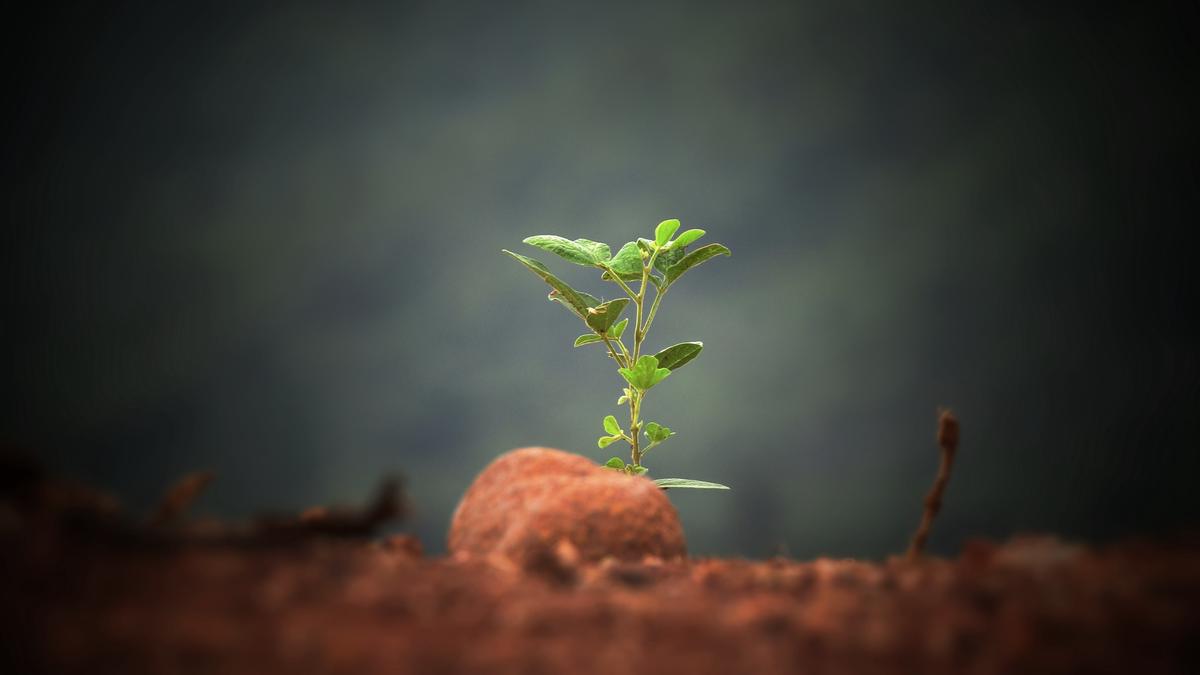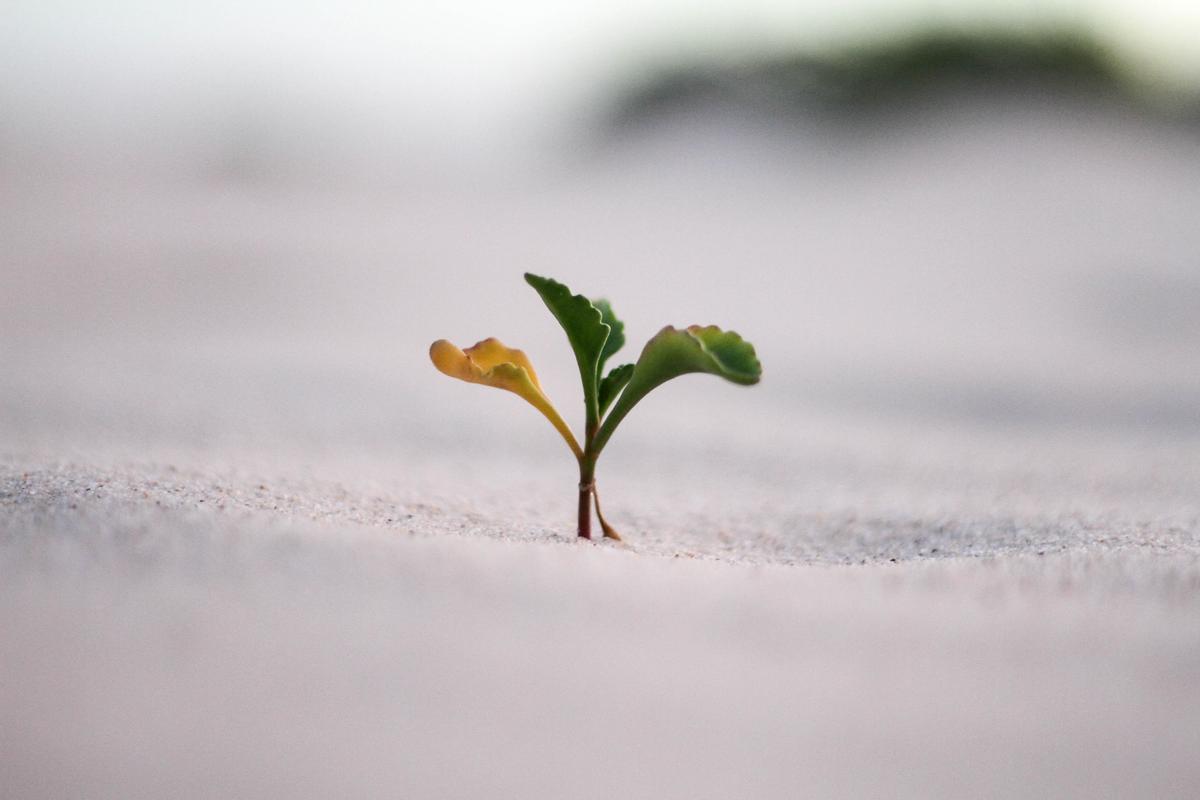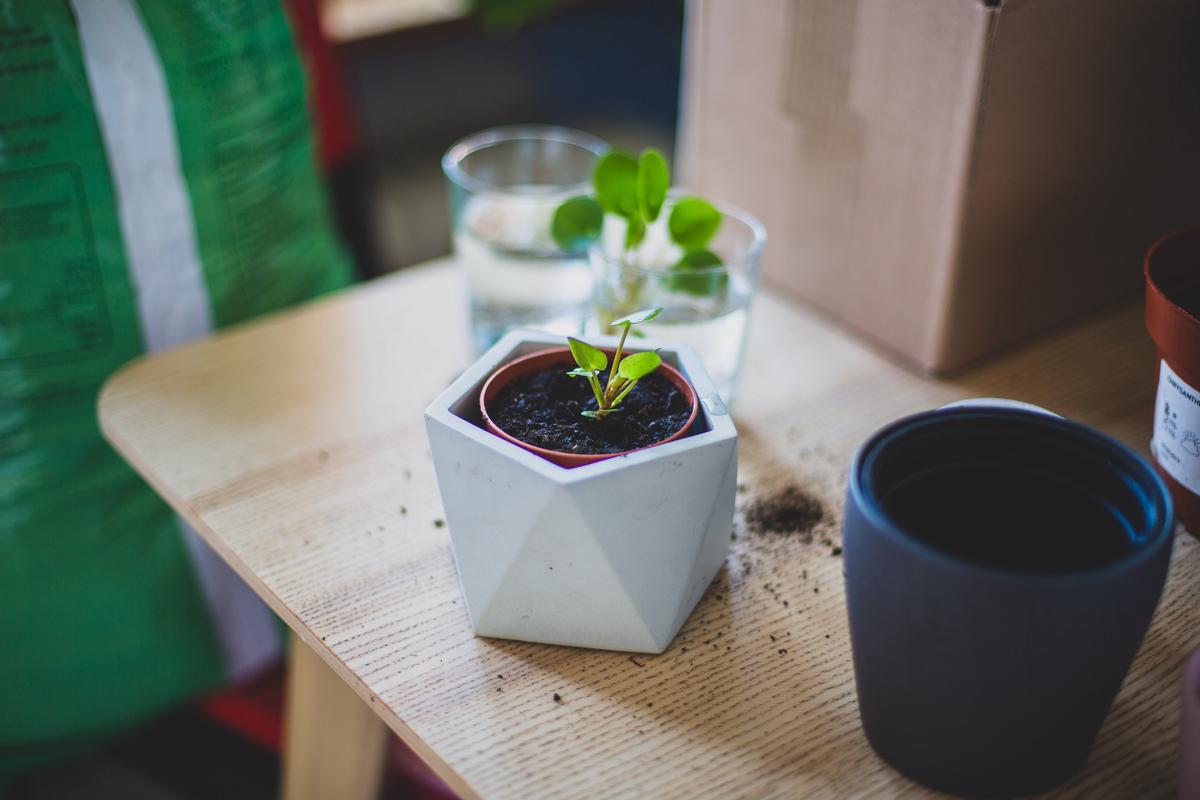Understanding the Germination Period of Tomato Seeds

The marvel of growth that happens from a tiny seed never ceases to amaze, marking the beginning of a miraculous journey with the potential of becoming anything from a prolific vine to a towering tree. This exploration will take us to the heart of this process, starting with a deep dive into the essence of seed germination. Beyond the broad basics, we will narrow our focus to one particular seed, the tomato seed, discoursing its unique requirements and germination timeline. With our knowledge combined, we can better troubleshoot any challenges that might arise during the germination process, equipped with practical solutions to overcome them.
Seed Germination Basics
The process of seed germination is an intricate synthesis of various biological interactions centred around the core principle of life continuation. Seed germination is inherently characterized by an enriched elegance that brings together multiple facets of the botanical universe. As scientists seeking to understand this intricate phenomenon, we don’t merely observe the emergence of a seedling from a seed; instead, we probe into the magnificence of biology, biochemistry, and physics that underscores the seed’s journey from dormancy to vital growth.
Embarking on the exploration of seed germination, the comprehension of the term ‘germination’ surfaces as a point of focal relevance. Germination is the process whereby seeds undergo physiological changes, leading to the sprouting of a seedling. It is the metamorphic path that redefines a dormant seed into a young plant.
Rewinding the process to its origin, seeds are encapsulated in a protective shell, housing an embryonic plant and food supplies. These reservoirs function in unison to facilitate the growth and development of the new plant life. However, for germination to initiate, specific environmental conditions should be satisfied.
Contrary to popular belief, germination is not a spontaneous process. The ‘water’, ‘oxygen’, and ‘temperature’ triad constitutes the fundamental prerequisites for the initiation and sustenance of the germination process. These factors both externally and internally buttress the seed’s transformation from quiescence to vivacity.
Water absorption, also known as imbibition, instigates the germination process by softening the seed coat and activating the enzymes stored within the seed. These enzymes catalyze the conversion of definitive food reserves into utilizable forms that fuel the growth of the embryo.
Oxygen plays a crucial role in energy harvesting. It’s pivotal to the process of respiration where the embryo utilizes oxygen to convert the metabolized food reserves into energy. This energy orchestrates diverse subcellular operations, leading to the evolution of the embryonic plant.
Temperature, the third pillar, calibrates germination by providing an optimal environment for enzyme function. Each seed species has a different temperature range which is most conducive for its germination. Temperatures too high or too low can impair the enzymatic activity, thereby hindering germination.
As the seed absorbs water, it enlarges and eventually ruptures the seed coat. The embryo, with its morphological components – radical (primary root), plumule (shoot tip), and cotyledons (seed leaves) – begins to develop. The radical emerges first, anchoring the seedling to the soil. Subsequently, the plumule propels upward, seeking sunlight, and the greening cotyledons supply additional food reserves until the true leaves form and photosynthesis commences.
In conclusion, appreciating the process of seed germination is akin to a complex biological orchestra, each ‘musician’ playing their part to create a harmonious symphony of life. It is this interconnected web of maneuverings that we, as botanical scientists, endeavor to unmask. And in that relentless pursuit of understanding, we inevitably discover the consequential beauty that biology has to offer.

Photo by sushobhan on Unsplash
Tomato Seed Specifics
Once again, we revisit our intricate subject, seed germination, and delve further into the remarkable complexities inherent in this phenomenal biological process. Nature indeed paints broad and vivid strokes – the interaction between seed development and its environment.
In our previous discourse, we held up to the light the integral role of water, oxygen, and temperature in the germination process. But let us now navigate even deeper into the realm of endosperm– the nutritive tissue within seeds that fuels the vital first steps of growth.
The endosperm, an often overlooked, yet pivotal player in seed germination, encases the embryo and offers the necessary reservoirs of nourishment. It provides carbohydrates, proteins, and lipids – macromolecules converted and mobilized to feed the burgeoning plant embryo. And the means through which the endosperm engages in this act of nourishment? Courtesy of the enormously significant aleurone layer.
A thin employee of the endosperm, the aleurone layer forms part of the seed coat and embraces the role of the enzyme factory. Upon hydration, gibberellin – a plant hormone produced within the embryonic axis – permeates the aleurone layer and initiates synthesis and secretion of enzymes. Amylases and proteases, specific enzymes thus generated, catalyze the conversion of stored nutrients within the endosperm for assimilation by the embryo. Astounding, it is, to witness this elaborate dialogue between different components within a tiny seed.
As the seed coat ruptures and the radical descends, anchoring itself into the soil, the plumule ascends toward sunlight, guided by the process of phototropism. It is here that the cotyledons, having served diligently as a food source, may wither, mirroring the selfless service of a sacrificial guardian. Trends such as monocot or dicots, terms reflective of the number of seed leaves or cotyledons in a plant, can also significantly influence the seedling’s subsequent development.
Let us now cast a respectful glance at a unique marvel – the process of imbibition. This involves the seed’s absorption of water which triggers metabolic changes, an increase in cellular respiration, and therein signals the commencement of germination. The water that is absorbed activates hydrases: enzymes that dismantle the hydrophobic elements within the seed and thus facilitate the perfect conditions for the ingress of water.
Entering the labyrinth of hidden revelations within seed germination, we move forward with a heightened admiration for the natural world. Each process, each molecule, each enzyme choreographs an intricate dance of life. It isn’t merely an academic pursuit or a theoretical concept – it’s a venture into the heart of life itself that unfolds every day in every corner of the Earth, unbeknownst to most.
It is a testament to the consistent determination of life’s power and its refusal to curtail its relentless crusade toward growth and reproduction. The full comprehension of the profound mechanics of plant life reinforces the imperative need for a sustainable approach to our environment, honoring the quiet, unfaltering miracle of seed germination.

Photo by jeremybishop on Unsplash
Troubleshooting Germination Problems
Navigating the Enigmatic World of Tomato Seed Germination: A Practical Guide
Tomato seeds conjure images of robust plants, ripe fruit, and robust flavours. However, the journey from seed to fruit can be rife with challenges. In the world of tomato seeds, one area that often posits complex obstacles is germination. A confluence of factors can dishearten even the most industrious of cultivators. Yet, understanding common hurdles and their solutions may illuminate this path, bringing it within the ambit of any endeavoring botanist.
A common challenge lies in the propensity of tomatoes towards fungal diseases. This complication may manifest primarily due to two reasons: first, an excess of moisture around the seeds could create the conducive environment for fungus to breed. Secondly, sourcing seeds from an infected plant could bring inherent fungal issues. Applying a fungicide to combat mold, or using sterile soil, can deter fungus. However, it is prudent to adopt an integrated pest management approach including the selection of disease-resistant varieties and crop rotation to mitigate disease pressure.
Inadequate light presents another barrier. While the germination process in tomato seeds happens independent of light exposure, the lack of light following germination might result in leggy, weak seedlings. Providing suitable light conditions for the germinated seeds is critical in securing healthy plant development. Cultivators may utilize artificial lights that can provide an equivalent of full daylight, which is needed until the young plants are sturdy enough for transplantation into their final growing space.
Temperature dysregulation amounts to serious concerns in tomato seed germination. Tomato seeds often germinate within the optimal temperature range of 60 to 85 degrees Fahrenheit, with 85 degrees Fahrenheit being ideal. When the temperature dips below the 60-degree threshold, tomato seeds might resist germination, now displaying the dormancy trait. Conversely, temperatures exceeding 95 degrees Fahrenheit can negatively impact germination. Temperature-regulated systems or propagating mats control temperature with precision, effectively enhancing germination rates.
Pre-emergence damping-off severs the tomato seed’s journey before it can reveal its green plumule to the world. This disease, caused primarily by pathogenic strains of Pythium and Rhizoctonia Solani, collapses the seedling at the soil level. Adopting a soilless, sterile, and well-draining growth medium can thwart this daunting challenge.
Lastly, germination may be curtailed by seed burial depth. Tomato seeds should be lightly covered with soil, with a recommened depth of around a quarter of an inch. Overzealous burying or surface sowing can inhibit germination. Prior knowledge of suitable seed depth could aid in optimal germination.
Navigating the labyrinthine world of tomato seed germination may involve an understanding of the forces at work and the techniques to modulate them. Yet, if one is perceptive and mindful, it is indeed possible to shepherd these seeds towards a healthy, fruitful life.

Armed with the understanding of the germination process and the specifics necessary for tomato seeds, you are now well poised to begin your gardening journey. The joy you will find in turning a tiny seed into a flourishing plant is immeasurable. As with all endeavors, you may encounter challenges due to conditions not ideal for germination, but with your newly-acquired knowledge, you can confidently troubleshoot and find solutions to these issues. Remember, patience is a virtue in gardening; the waiting time is a necessary step in the growth process, creating strong, healthy plants that will give you ripened tomatoes adorned in their vibrant red hues.



